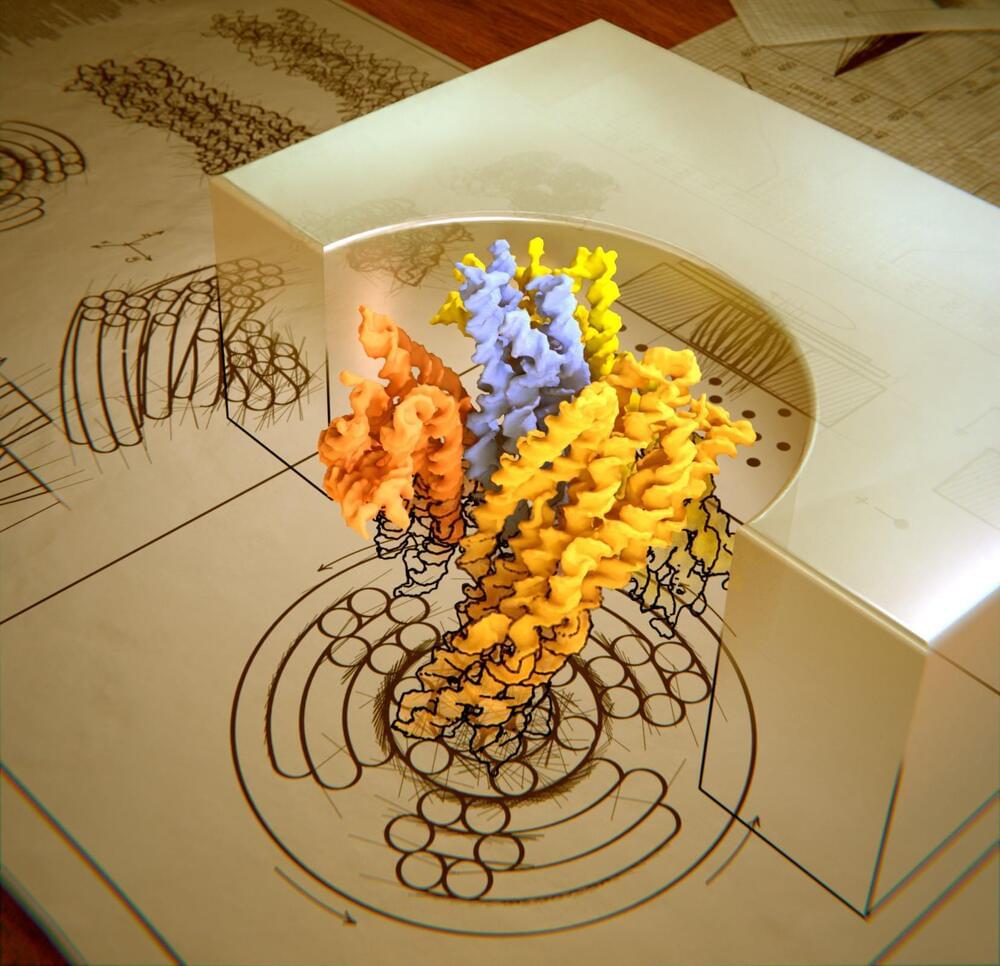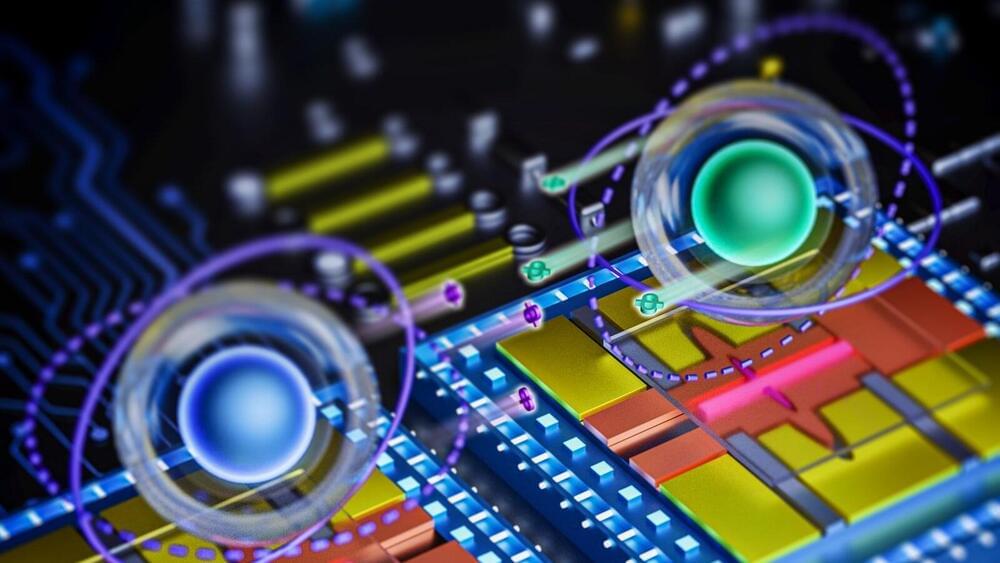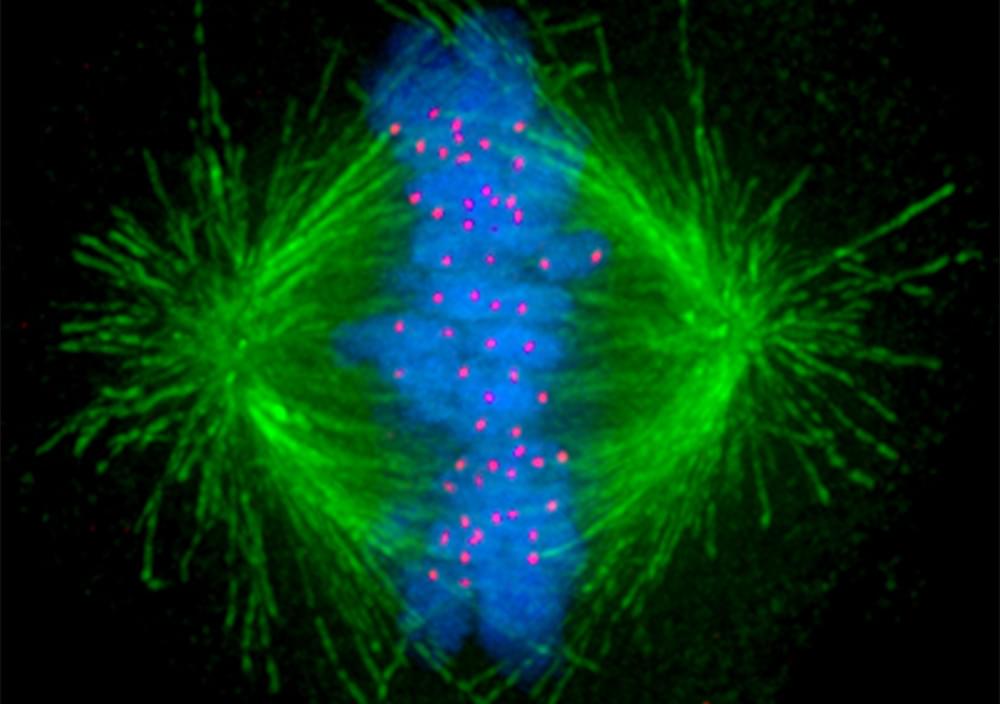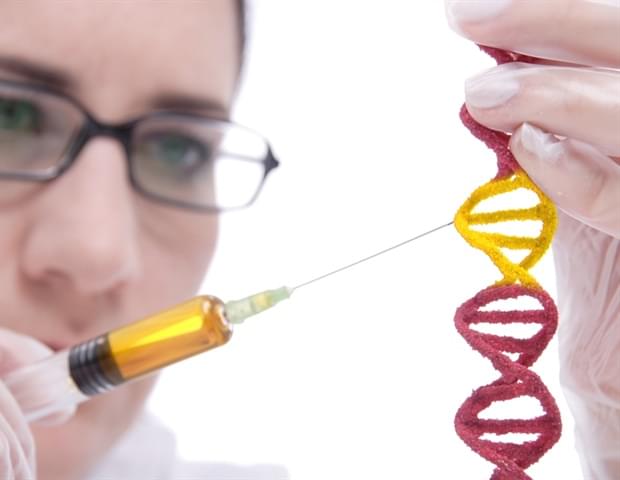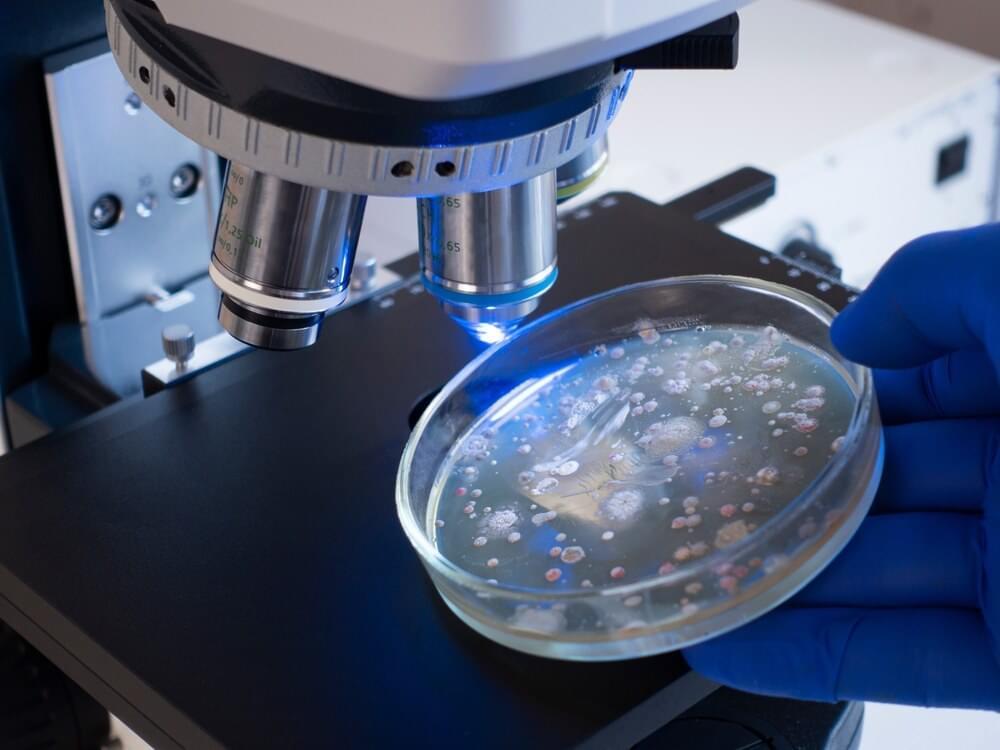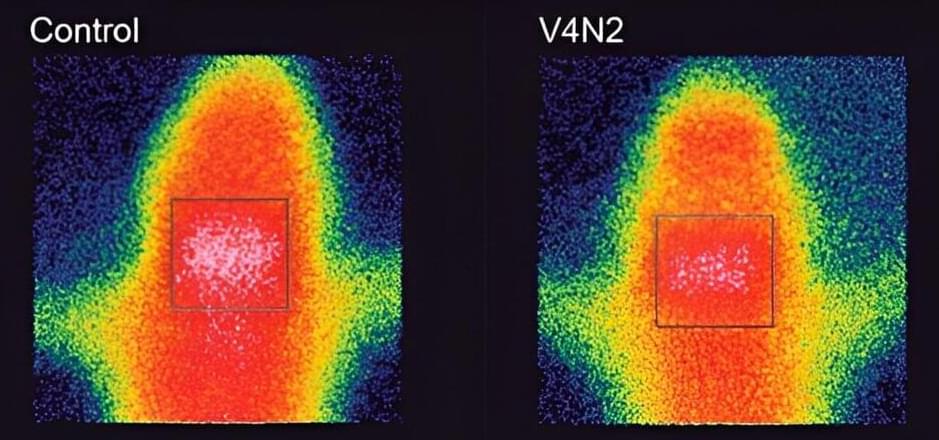Hussam Amrouch has developed an AI-ready architecture that is twice as powerful as comparable in-memory computing approaches. As reported in the journal Nature Communications (“First demonstration of in-memory computing crossbar using multi-level Cell FeFET”), the professor at the Technical University of Munich (TUM) applies a new computational paradigm using special circuits known as ferroelectric field effect transistors (FeFETs). Within a few years, this could prove useful for generative AI, deep learning algorithms and robotic applications.
A collaborative team of researchers led by prof. Cees Dekker at TU Delft, in partnership with international colleagues, introduces a pioneering breakthrough in the world of nanomotors – the DNA origami nanoturbine. This nanoscale device could represent a paradigm shift, harnessing power from ion gradients or electrical potential across a solid-state nanopore to drive the turbine into mechanical rotations.
“There is this kind of power the images have. It really isn’t from us. We’re creating the context in which you can appreciate them, but we’re not forcing it,” Kahn said.
In the background, award-winning actress Michelle Williams narrates what we see, which, Kahn admits, was a bit of a deviation from his usual filmmaking blueprint.
“Many of my films are done just through putting together interviews with people or encounters with people,” he said. Or in other words, there is no doctored narrative.
Coherence stands as a pillar of effective communication, whether it is in writing, speaking or information processing. This principle extends to quantum bits, or qubits, the building blocks of quantum computing. A quantum computer could one day tackle previously insurmountable challenges in climate prediction, material design, drug discovery and more.
A team led by the U.S. Department of Energy’s (DOE) Argonne National Laboratory has achieved a major milestone toward future quantum computing. They have extended the coherence time for their novel type of qubit to an impressive 0.1 milliseconds—nearly a thousand times better than the previous record.
The research was published in Nature Physics.
A study in human cell lines reveals cancer cells can activate a force-generating mechanism to survive a cancer therapy.
I think crows are probably smarter. But we probably arent up to being able to reverse engineer brains of crows. Maybe just playing around at it.
Present list i believe is: 1. lab mice; 2. lab rats; 3. crows; 4. octopi; 5. pigs; 6. chimps; ending on the human brain.
The intelligent birds, thought to be a nuisance by some, learn from consequences and can recognize resemblance between objects.
A team of researchers has developed a software tool called DANGER (Deleterious and ANticipatable Guides Evaluated by RNA-sequencing) analysis that provides a way for the safer design of genome editing in all organisms with a transcriptome. For about a decade, researchers have used the CRISPR technology for genome editing. However, there are some challenges in the use of CRISPR. The DANGER analysis overcomes these challenges and allows researchers to perform safer on-and off-target assessments without a reference genome. It holds the potential for applications in medicine, agriculture, and biological research.
Their work is published in the journal Bioinformatics Advances on August 23, 2023.
Genome editing, or gene editing, refers to technologies that allow researchers to change the genomic DNA of an organism. With these technologies, researchers can add, remove or alter genetic material in the genome.
Cell Press
In a recent study published in Cancer Cell, researchers combined deep microbial sequencing and targeted culturing of bacteria with in vitro assessments to investigate tumor and gut microbiome traits that impact chemoradiation therapy in patients with cervical cancer.
Study: Tumor-resident Lactobacillus iners confer chemoradiation resistance through lactate-induced metabolic rewiring. Image Credit: Prrrettty/Shutterstock.com.
Background
⚡ Urgent — F5 warns of a critical vulnerability (CVE-2023–46747) in BIG-IP, allowing unauthenticated remote code execution.
UFMG-V4N2 proved effective in producing antibodies and making them block the passage of cocaine into the brain, which means that the vaccinated animals have a reduced perception of the drug’s effect: a very important advantage in a treatment.
This blockage occurs in the following way: we have a “protective shield” called the blood-brain barrier, which prevents toxic elements, viruses or bacteria from entering the brain, but because the cocaine molecule is very small, it manages to pass through this barrier.
The vaccine stimulates the production of antibodies, which bind to the drug molecules, increasing their weight and size and thus preventing them from getting past the protective shield. The cocaine is retained in the blood, but as it is bound to the antibody, it doesn’t act on the heart or arteries either, which means the risk of overdoses is reduced.
The most recent statistics put the number of regular cocaine or crack cocaine users in the world at 20 million. Of these, one in four will become addicted or develop use disorders.

